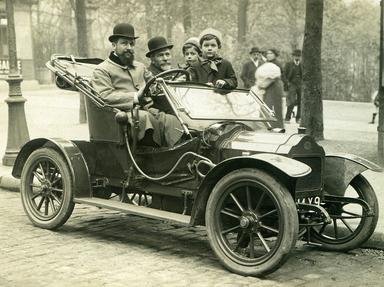Quiz Answer Key and Fun Facts
1. The Industrial Revolution is said to have started in which country?
2. The cotton gin was one of the inventions that came as a result of the Industrial Revolution. Who invented it?
3. This was the name of a secret society that sought to destroy the new machines and inventions that had replaced them as workers.
4. A few decades before James Watt perfected the machine, another young scientist named Thomas Newcomen built a simple steam engine with a single piston engine. What were these first steam engines used for?
5. Where did Watt first see Newcomen's invention?
6. In England in 1799 it became illegal for two or more factory workers to join together in order to demand better working conditions and/or higher pay. What was the name of this Act of Parliament?
7. In 1733 John Kay invented an improved part of the weaver's loom. What was it called?
8. When did the Industrial revolution take root in Russia?
9. In what year did the English achieve the 10-hour working day, at least for women and children?
10. The Industrial Revolution wasn't really a revolution because it didn't bring about social change on a major scale.
Source: Author
personx
This quiz was reviewed by FunTrivia editor
bloomsby before going online.
Any errors found in FunTrivia content are routinely corrected through our feedback system.


